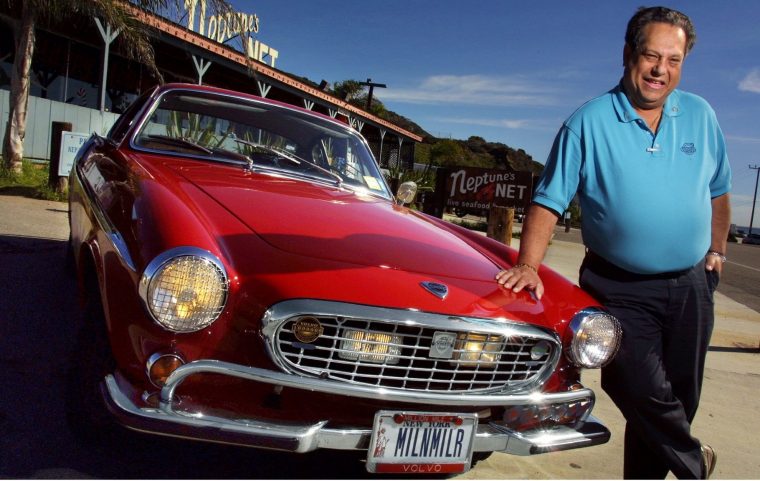A question you'll hear quite often, "how much km is too much for a used car?" The answer to this question is — there is no upper limit figure. In times long since past, 100,000-miles (yes, miles — that’s how far back we’re going) was assumed to be a safe upper limit for the mileage on a used car. Equivalent to 160,000km, it was generally thought that by the time you were into six-figure mileages, the car’s major components would be worn out and would need expensive replacement.
That simply isn’t the case anymore. Cars, as a whole, are vastly more reliable now than they once were. This isn’t a recent phenomenon — as far back as the late 1990s, the hugely influential US publication Consumer Reports was noting in its research that vehicle reliability across the board improved dramatically throughout that decade.
Since then, we’ve seen the growth of much more precise tools for vehicle design, which allows car makers to carefully judge just how long a component will last. For the most part, the major components of a car are ‘lifed’ for around 300,000km — that’s the big stuff, such as the engine head, block, injection system, valves and camshafts, alternator and so on. (Mind you, that 300,000km figure is an industry average — Volvo always boasted that it lifed its major components for more than 400,000km, and those were Swedish winter kilometres…) Lesser components will still generally make it past 160,000km before needing to be replaced. The only truly fragile (so to speak) parts of most cars these days are the brake pads and discs, tyres, filters, and wipers. Even lightbulbs are becoming more reliable — modern LED lights are generally reckoned to only need replacing if they’ve been damaged in an impact. Otherwise, they should last the whole lifetime of the car.
So how much mileage is too much?

None of which really answers our initial question — how much mileage is too much? Well, the short answer is that there is no upper figure. After all, a high-mileage car is often likely to have been better cared for. There are a handful of cars known to have passed the one-million-kilometer mark (even the one-million-mile mark) and these are now, in general, considered to be cherished classics. The first car that’s reckoned to have hit the magic 1,000,000 mark was — almost inevitably —a Volvo; a 1966 P1800 coupe (similar to the one Roger Moore drove in classic episodes of TV series The Saint). The car was owned, from new, by an American Volvo customer by the name of Irv Gordon. Now sadly passed away, Irv hit the million-mile record in the early nineties, and actually put a grand total of 3.2-million miles on the clock. That’s the equivalent of seven trips to the Moon and back.
That’s a literally astronomical mileage, yet no-one would have flinched at buying the car from Irv — he’d kept it in perfect condition, and it was no ‘Triggers Broom’ either. Although major components had of course been repaired and replaced the P1800’s body was all-original, and it still had the original engine block and gearbox. The car is now part of Volvo USA’s heritage collection.
Conversely, a car that might only be one or two years old, and have less than average mileage on the clock (Irish drivers currently cover and average of 16,000km per year) might be in far worse condition than the 3.2-million mile Volvo, simply because the owner has not bothered to keep it serviced properly, and has treated the car as a ‘use and abuse’ product.
It is all about condition
So, the critical question is not mileage, it’s condition. It’s care. It’s history. It’s how well a car has been looked after. A car with low miles but sketchy history is to be avoided. A car with high miles but a service book full of stamps and a sheaf of receipts for work carried out is to be leapt upon and cherished.
So ignore any second hand adverts that trumpet low mileage figures. That’s almost totally irrelevant. Indeed, the only thing the mileage figure is good for is for checking the honesty of the vendor — a car with purported low miles but worn-smooth steering wheel, scuffed seats, and obvious signs of serious wear and tear tells you you’re dealing with a dodge seller. (Don’t forget to check a car’s history on motorcheck.ie for more telltale signs…)
What counts is not mileage, but how well the car has been looked after. Beyond that, mileage — like human age — is just a number.
